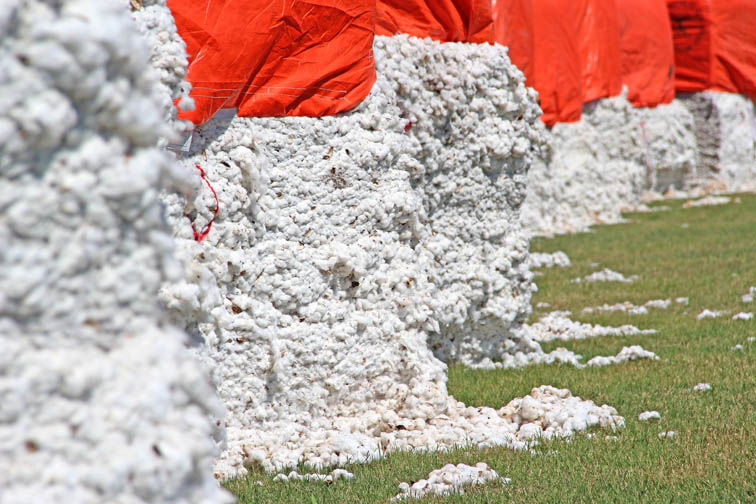
While the downside is the cotton market’s biggest risk, there are pricing opportunities for growers willing to take advantage, say market analysts speaking at the Ag Market Network’s December conference call. One of those moments arrived in mid-December, when old crop cotton futures climbed to 83 cents.
As has been the case in recent years, the primary market anchor on the market is China, which continues to hold about 60 percent of the world’s cotton stocks.
“We have surplus world stocks that are a discouraging a strong market rally,” said Carl Anderson, Extension professor emeritus, Texas A&M University. “At the same time, we’re dealing with market forces that are looking for direction.” That direction will be down if China’s cotton policy results in it buying less U.S. cotton, Anderson said.
“The cotton market is reflecting a high price risk. This is the way we are going to have to operate for years to come.”
Ag news delivered daily to your inbox: Subscribe to Delta Farm Press Daily.
In the longer term, fundamentals will return to a more dominant role, Anderson said. But the now, the market seems skittish.
Stocks outside China are tight
“Stocks are tight in the rest of the world. These countries (outside of China) use about two-thirds of the world’s cotton and hold only about 40 percent of the carryover stocks. So we have a divided market. We’re getting good demand at times, and we can’t overlook that.”
Meanwhile tight cotton supplies in the United States helped the cotton market forge an old crop rally to the low 80s in early- to mid-December. It may not get much better than that.
“We have too much cotton for cotton to go much higher than 83 cents on the high side,” Anderson said. “There is enough cotton to drive prices toward 70 cents a pound over the next several months, depending on what China decides to do with its surplus cotton.”
According to USDA’s latest estimate, world cotton production, at 117 million bales, is 7 million bales more than use. “That’s the heart of our problem, surplus production from the 2013-14 crop on top of surplus production from the last couple of years. So there’s plenty of cotton around. It’s a matter of the market finding its direction and making it possible for the rest of the world to buy cotton.”
Export sales strong, shipments not so much
U.S. export sales have been strong, Anderson says, however, export shipments are running far behind sales. “So the USDA export estimate of 10.4 million bales is an adequate estimate and may be a little on the high side. Shipments per week are running far behind of what are needed for the average. We could see heavy shipments in the spring, but it’s something we need to be very careful about. It leaves us with a feeling of uncertainty.”
Anderson urges growers to move old crop cotton when the market exceeds 80 cents.
Marketing strategies
“If you think it’s going to make a big rally (after you sell), buy some July calls close to the money and then move out about 8 cents and sell one. That gives a little flexibility to enjoy some higher prices, and it’s lot less cost than storage.”
If you use futures and options, be sure you understand your exposure, Anderson stresses. “We like to think of futures and options as at least a part of our price risk management. You have to know the advantages and disadvantages. Be extremely careful about how you expose yourself to margin calls.”
Pat McClatchy, executive director of the Ag Market Network, noted that China’s policy and the behavior of index funds can push the market higher, or lower, than it otherwise might have been. Growers should consider this an opportunity.
“The funds are the wild card that push the market further than it should go. Those are things we need to take advantage of, because they provide us with opportunities to see prices higher than we normally would see.”
About the Author(s)
You May Also Like






